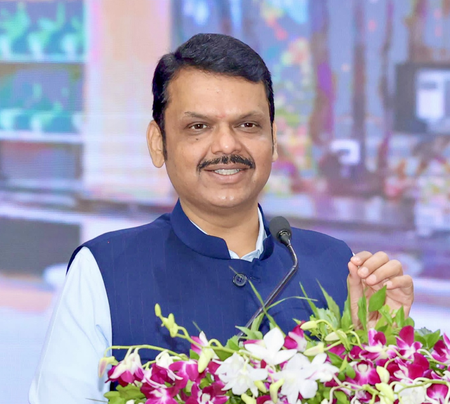
Ahmedabad, June 9 (IANS) Gujarat faces a delay in monsoon and that has exacerbated concerns over depleting water levels across the state. With the monsoon yet to make landfall, the average water level in Gujarat’s 206 reservoirs has dipped to just 44.89 per cent, prompting renewed fears of a prolonged dry spell, as per officials.
Particularly alarming are the figures from Kutch, Saurashtra, and North Gujarat, where the water levels have fallen below 30 per cent.
Data show that 20 reservoirs in Kutch are currently at just 20.78 per cent capacity, 141 reservoirs in Saurashtra are at 28.47 per cent, and 15 in North Gujarat are at 29.56 per cent capacity.
While a handful of reservoirs still hold adequate water, the broader picture remains grim.
Only two reservoirs have more than 90 per cent water, one reservoir is between 80–90 per cent, and three reservoirs range between 70–80 per cent.
The remaining 200 reservoirs are now operating below 70 per cent capacity. Among those operating at a good capacity are Wanakbori in Mahisagar which is 93.39 per cent full, followed by Machhu-2 in Morbi (92.99 per cent), and Dholi Dhaja in Surendranagar (92.84 per cent).
Others still holding more than 70 per cent water include Kalaghogha in Kutch, Bhadar-2 in Rajkot, Aji-2, and Sukhi in Chhota Udepur.
Adding to the concern, 62 reservoirs across the state now have less than 10 per cent usable water, while only 26 reservoirs currently hold more than 50 per cent.
Even the Sardar Sarovar reservoir, often referred to as Gujarat’s lifeline, is not immune to the effects of the monsoon delay. Its current water level stands at 54.07 per cent lower than usual for this time of year.
To combat Gujarat’s water scarcity, the government has undertaken large-scale interventions like the SAUNI Yojana, which diverts Narmada water to fill reservoirs in arid regions, and projects like the Narmada Canal Grid that aims to provide drinking and irrigation water to thousands of villages and towns.
Additionally, rainwater harvesting initiatives such as the Sujalam-Sufalam Jal Sanchay Abhiyan are helping recharge groundwater by desilting lakes and building check dams.
Desalination plants have also been set up along the coast to add new sources of usable water.
–IANS
jhanvi/rad






